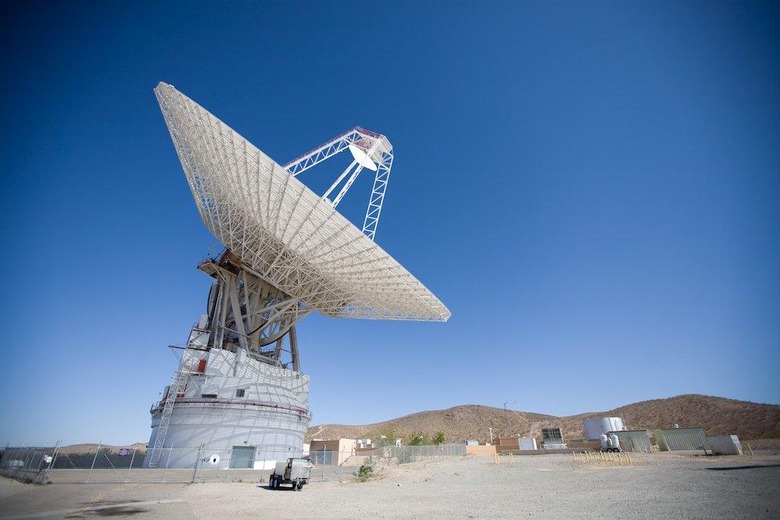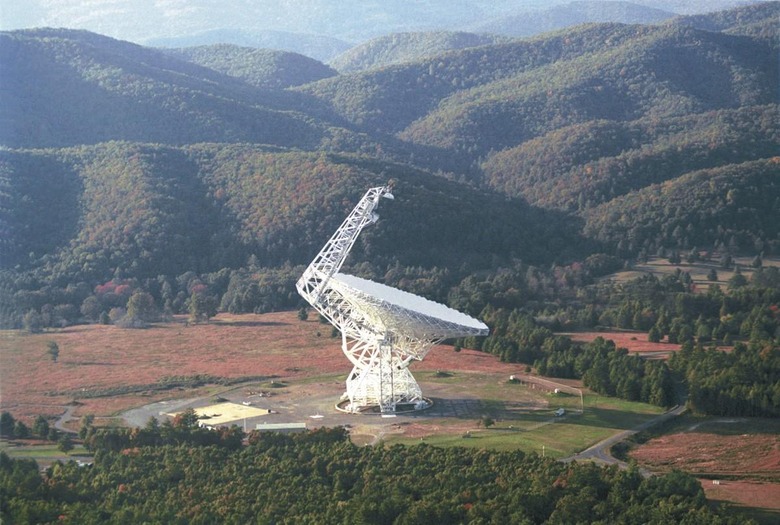Space Peanut passes by Earth: here's why it's awesome
NASA's Jet Propulsion Laboratory in Pasadena California release video of asteroid that looks remarkably like a peanut. This "space peanut", as it's being called, is around 1.2-miles (2 kilometers) in length. So we're glad it wasn't headed directly at our planet's surface. Instead this is one of many flybys the nutty rock will be making with the Earth in its life circling the sun. The next time we see this space peanut it'll be the year 2054, and once again it'll be far enough away that we can watch it waffle around at a distance.
What's most notable about this asteroid isn't that it looks like a peanut – though that is neat as well. It's being reported because of the advanced nature in which it was captured. One tool in one part of the United States beams a radar signal at the peanut, while another tool in a completely different state picks up the reflected signal.

Researchers have paired NASA's 230-foot-wide (70-meter) Deep Space Network antenna1 at Goldstone, California, with the National Science Foundation's 330-foot (100-meter) Green Bank Telescope2 in West Virginia.
1: Photo above by Dave Bullock. 2: Photo below via NRAO/AUI

NASA's Near-Earth Object Program is helping fund doctoral research on this asteroid "1999 JD6" headed by graduate student Sean Marshall from Cornell University in Ithaca, New York.
"One of the best ways to study near-Earth asteroids is with radar observations, in which a powerful series of coherent radio waves is transmitted toward an asteroid, and the echoes that reflect off the asteroid are received some time later," said Marshall in his research statement.
"1999 JD6 is particularly interesting and relevant to my interests, since different infrared observations of it have given discrepant estimates of its size."
Above you'll see the most recent radar observations of asteroid 1999 JD6 as captured by NASA this late July and published this morning. According to NASA, this radar data was taken over seven and a half hours on July 25th, 2015, when the asteroid was about 4.5-million miles (about 7.2 million kilometers) from the surface of our Earth.
